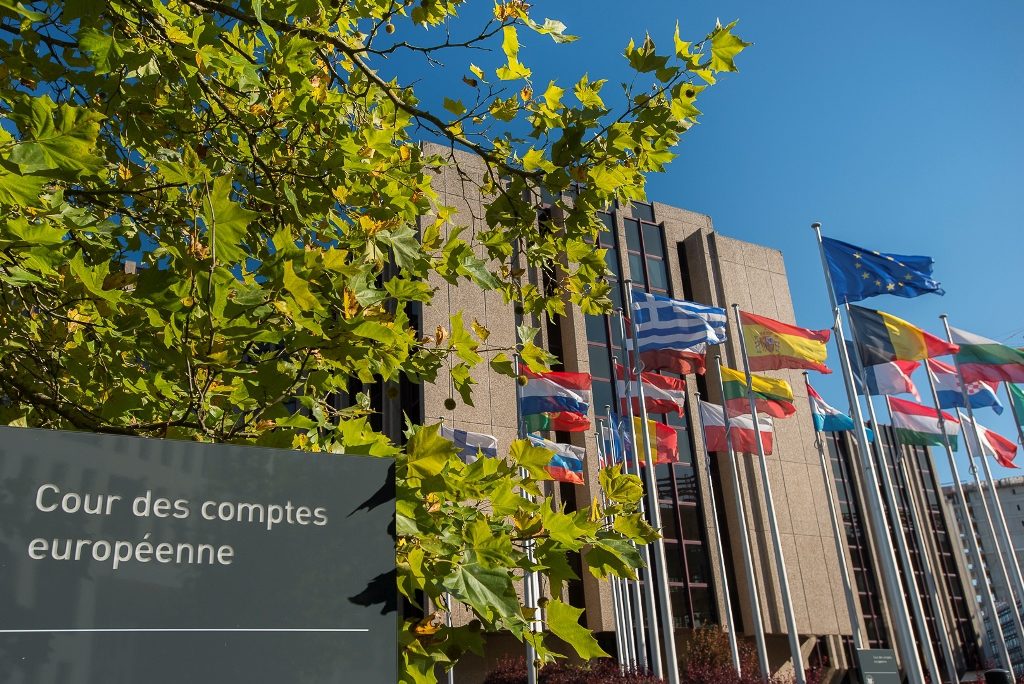For the first time since 1994 the European Courts of Auditors issued a qualified opinion in its annual audit report yesterday. The overall level of error for EU spending in 2016 was estimated at 3.1%, compared with 3.8% in 2015 and 4.4% in 2014. EU spending totalled €136.4 billion in 2016. This amounts to around 1% of EU gross national income and represents approximately 2% of total public spending in EU Member States.
The estimate of the error rate is based on a statistical sample of about 1 000 transactions and the actual figure might be anyway between 2 % and 4 %. According to the auditors, the error rate is not a measure of fraud or waste of money but an estimate of irregular spending against the rules such as ineligible costs and lack of supporting documents.
In the audit only 11 cases of suspected fraud were found and duly reported to Olaf, EU’s anti-fraud office.
The error rate is still overall above the 2% threshold for material level of error which is considered as an acceptable error rate. About half of EU spending audited in 2016 was below the materiality threshold.
However, higher levels of error are still found in so-called “Reimbursement payments” made through refunds. For ‘Economic, social and territorial cohesion’, the estimated level of error was 4.8%; for ‘Natural Resources: Rural development, the environment, climate action and fisheries’, it was 4.9%.
On the positive side, the auditors have given a clean opinion on the 2016 EU accounts’ reliability, or “signed them off”, as has been the case every year since 2007. Revenue in 2016 was free from material error.
According to the auditors, action by the Member States and the European Commission reduced the overall estimated level of error by 1.2%. However, sufficient information was available to further prevent or detect and correct many errors. Why this information had not been used to prevent and correct errors was not clear.
“This means there is no need for additional controls, but the existing controls must be enforced properly,” said Klaus-Heiner Lehne, President of the European Court of Auditors (ECA), at a press conference at the European Parliament yesterday (28 September).
President Lehne underlined the positive development in the reduction of the error rate which he saw as a result of improved internal control systems. “The error rate is tolerable but still not acceptable,” he added.
He was critical against the spread of funding arrangements outside the EU budget. “This has become a problem since it makes it difficult to manage and audit EU spending effectively.” Another problem is the increase in the backlogs in EU spending which in 2016 reached an all-time high of € 239 billion.
ECA is currently using about 50 % of its resources on the annual audit report which is basically compliance and financial auditing with some elements of performance auditing. In the future, ECA wants to spend less resource on transaction testing and to increase performance auditing.
Last year ECA published 36 special audit reports on the effectiveness of EU programmes and activities and used performance information. “We need to streamline our reports,” Lehne told The Brussels Times. “We intend to do more performance auditing in the annual reports.”
M. Apelblat
The Brussels Times

